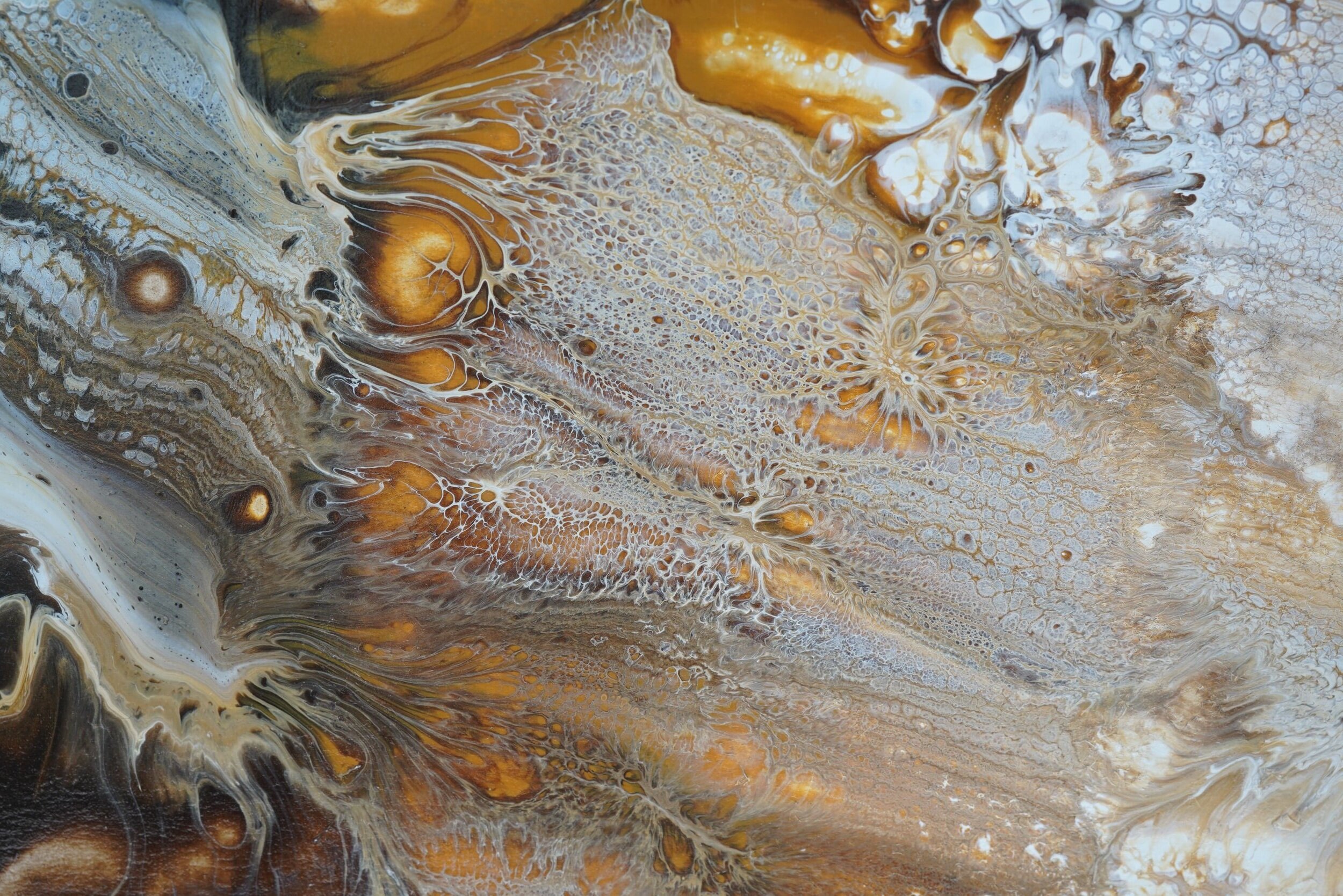
Endoscopic Ultrasound
(EUS)
What is an Endoscopic Ultrasound?
EUS is a method that combines the use of endoscopy and ultrasound to obtain detail images of the pancreas, oesophagus, stomach, duodenum and bile ducts. It is performed using an endoscope with an ultrasound probe. In addition to providing imaging, an EUS can also be used to obtain biopsies.
When will I need an EUS?
You may require an EUS in addition to other imaging modality such as CT or MRI when further more detailed information is required about any abnormality that may have been seen on imaging. If biopsies are required, these can be obtained via EUS. Biopsies can be taken from the pancreas, stomach or oesophagus and can be evaluated by a pathologist to obtain a diagnosis.
What happens during the procedure?
Once you have been formally admitted, a nurse will show you to a cubicle and ask you to change into a white hospital gown. A doctor will then insert an intravenous cannula (needle) into the back of your hand. This will be used throughout the procedure to administer your sedation (a mild drug to put you to sleep). You will then be taken through to the endoscopy suite and positioned on a hard table. Your nurse will attach you to specific equipment used to monitor your blood pressure and heart rate throughout the procedure. A sedative will then be administered through the needle in the back of your hand. Once asleep, your procedure will begin.
A long, flexible camera (endoscope) with an ultrasound probe is passed through your mouth, down the oesophagus, into the stomach and through to the duodenum (the beginning of the small intestine). The ultrasound probe will then be to image your upper gastrointestinal tract. If required, a needle will be passed from the probe to take targeted biopsies from areas of interest. Once complete, the endoscope will be removed, you will be woken from your sedation and returned to the recovery bay. The procedure can take between 15 – 45 minutes.
What to expect after the procedure?
You will be taken to the day procedure recovery room where a nurse will monitor you for 2 – 4 hours, checking your heart rate, blood pressure and level of discomfort. If your recovery is uncomplicated, you will be allowed to consume oral fluids after 2 hours. A doctor will visit you during this time and discuss the results of your EUS.
Before you are discharged home, you will be given a medical certificate (if required), follow up appointment at the outpatient clinic, a letter for your local doctor and pain relief medication.
This information is intended as a guideline only. If you have any further questions or concerns, please ask your doctor.

